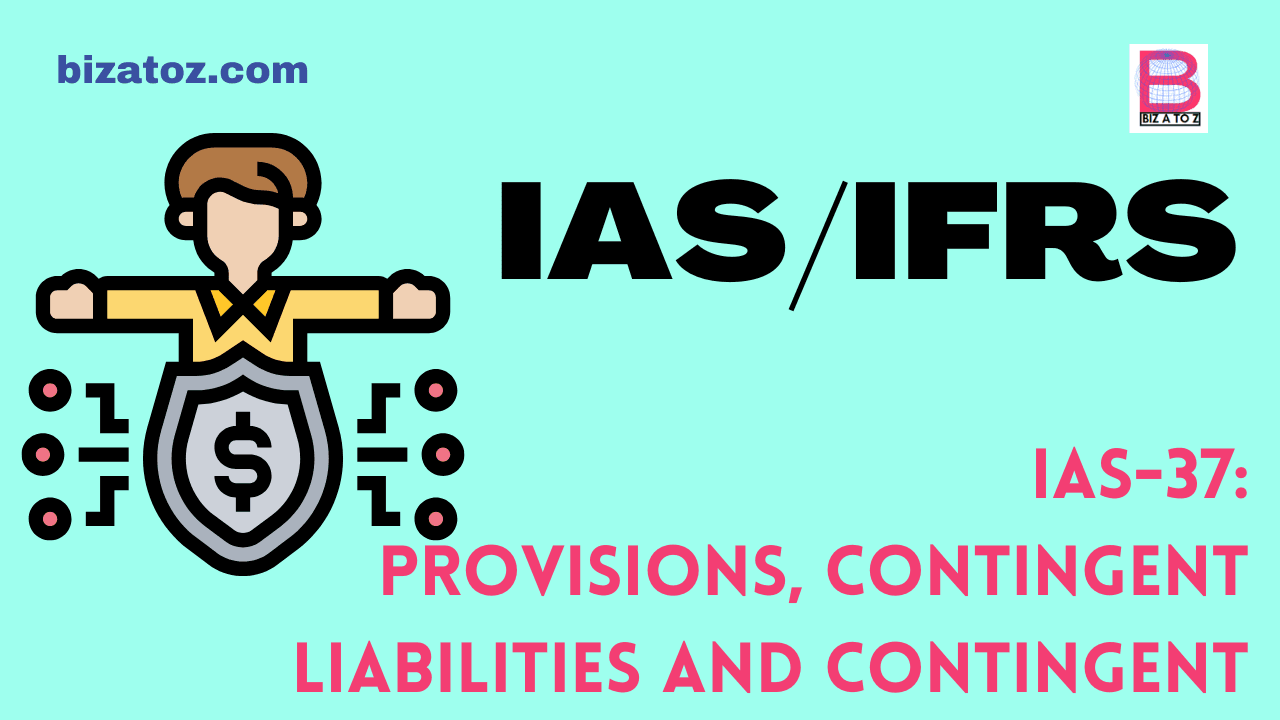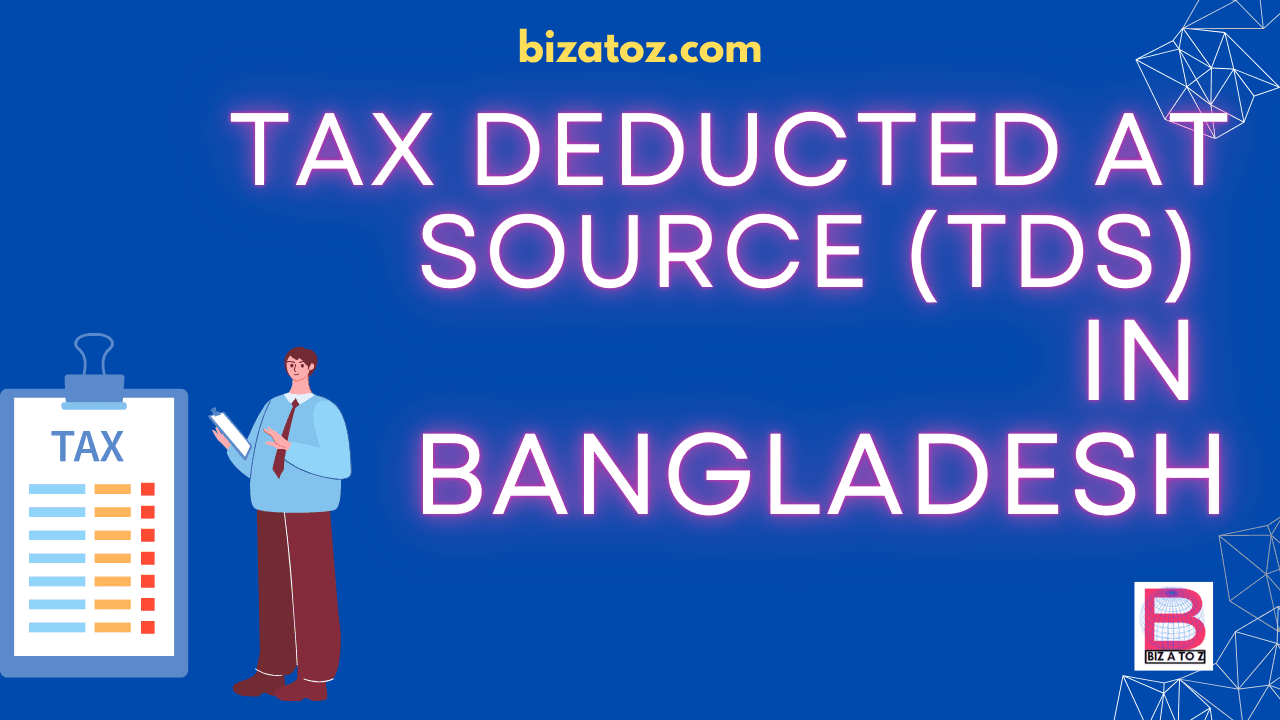
Introduction
Cost classification is a cornerstone of management accounting, playing a critical role in inventory valuation and profit measurement. By understanding and categorizing costs accurately, businesses can make informed decisions to optimize their operations and financial strategies. In this blog, we will explore the key aspects of cost classification, including cost elements, direct costs and prime costs, indirect costs, and the distinction between product costs and period costs.
Cost Elements: The Building Blocks of Total Cost
Cost elements are the fundamental components of total cost, which include materials, labor, and other expenses. Each plays a unique role in production:
Materials: These are the raw ingredients required for production. Example: To produce a computer, material costs might include chips and wires.
Labor: These are wages paid to workers who contribute directly to the production process. Example: Factory workers assembling computers.
Other Expenses: Costs incurred that are neither material nor labor but are essential for production.
Example: Factory rent for the production facility.
By breaking down costs into these elements, businesses can better track their expenditures and allocate resources efficiently.
Direct Costs and Prime Cost
Direct costs are those that can be directly traced to the production of specific goods or services. These include:
- Direct Materials: The raw materials used in production. Example: Tk. 200 spent on flour and sugar to bake 100 cakes.
- Direct Labor: Wages paid to workers who directly produce goods. Example: Tk. 150 paid to the baker for baking 100 cakes.
- Direct Expenses: Costs directly tied to production. Example: Tk. 50 spent on renting an oven for baking.
Prime Cost is the sum of all direct costs:
Prime Cost = Direct Materials + Direct Labor + Direct Expenses.
Example: If direct materials cost Tk. 200, direct labor costs Tk. 150, and direct expenses amount to Tk. 50, then the prime cost is Tk. 400.
Understanding prime costs allows businesses to calculate the base cost of production, which is critical for pricing and profitability analysis.
Indirect Costs (Overheads)
Indirect costs, also known as overheads, cannot be directly attributed to a single product but are essential for overall business operations. Examples include:
Factory Overheads: Salaries of supervisors and factory lighting.
Utility Costs: Electricity used across the factory.
Here’s a simplified example of how costs are classified:
| Category | Direct Cost Example | Indirect Cost Example | Total Cost |
| Materials Cost | Tk. 500 on baking flour | Tk. 100 on cleaning supplies | Tk. 600 |
| Labour Cost | Tk. 300 for bakers | Tk. 150 for supervisors | Tk. 450 |
| Expenses | Tk. 200 for a cake mold | Tk. 250 for factory utilities | Tk. 450 |
| Total Cost | Tk. 1,000 (Prime Cost) | Tk. 500 (Overheads) | Tk. 1,500 |
Proper allocation of indirect costs ensures accurate product pricing and financial reporting.
Product Costs vs. Period Costs
Costs can also be classified into product costs and period costs:
- Product Costs: Directly tied to production and recorded as inventory until sold.
Example: Tk. 10,000 spent on steel for car manufacturing. - Period Costs: Not linked to production and expensed in the period incurred.
Example: Tk. 5,000 spent on office supplies.
Here’s a comparison:
| Cost Category | Product Cost Example | Period Cost Example |
| Materials | Tk. 10,000 (steel for cars) | Tk. 5,000 (office supplies) |
| Labor | Tk. 20,000 (factory workers) | Tk. 12,000 (admin salaries) |
| Overhead | Tk. 7,000 (factory electricity) | Tk. 8,000 (office electricity) |
| Rent | Tk. 15,000 (factory rent) | Tk. 25,000 (office rent) |
Understanding these distinctions helps businesses manage costs effectively and align them with financial objectives.
Conclusion:
Mastering the art of cost classification is essential for efficient inventory valuation and accurate profit measurement. By categorizing costs into elements, direct and indirect costs, and distinguishing between product and period costs, businesses can gain a clearer financial picture and enhance decision-making processes.
Whether you’re a management accounting student or a seasoned professional, understanding cost classification is a fundamental skill that supports strategic planning and financial success. By applying these concepts effectively, organizations can achieve greater operational efficiency and profitability.
Read more: Financial Ratios: A Guide to Interpreting Company Health
This article is written by Monir Bhuiyan, a member of ACCA (Association of Chartered Certified Accountants) and ICAB (Institute of Chartered Accountants of Bangladesh).






